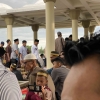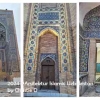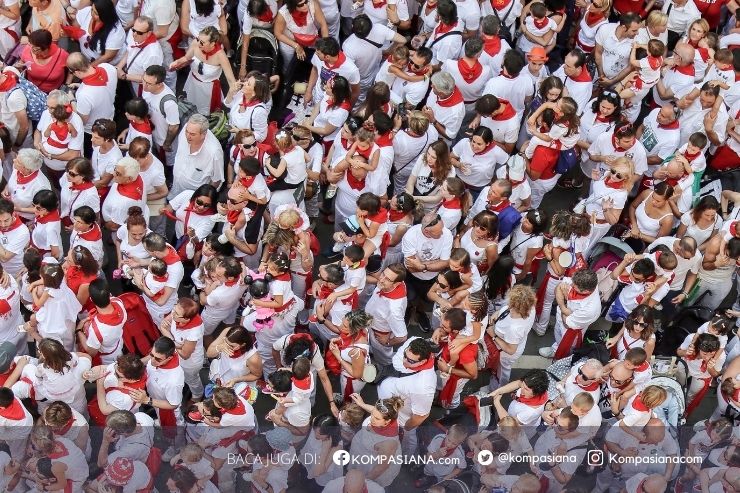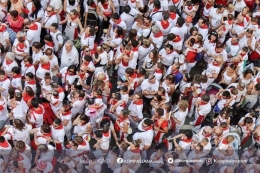" [the Council] directs the Ikhwan [Brotherhood] from Morocco to Pakistan and India, controlling hundreds of 'religious' centers across Western Europe, and through them, thousands of fundamentalist students and Muslim clergy in both the Middle East and Europe." (5)
In 1978 the Islamic Institute for Defense Technology was created to support the Islamic "arc of crisis" revolution. The inaugural seminar was held in London in February of 1979. It was to work hand in hand with NATO, and it was led by Salem Azzam and members of his Islamic Council of Europe. Pakistan and Afghanistan were at the top of the agenda and the IIDT helped to coordinate the massive arms shipments that were supporting the Muslim Brotherhood's struggles there and throughout the Middle East. (6)
Outside of Egypt the Muslim Brotherhood was successful in creating a number of respectable front organizations and it became widely perceived as a moderate institution that had renounced violence. But inside of Egypt the Muslim Brotherhood remained committed to the overthrow of the regime and the installation of a "pure" Islamic state and they used terrorism as the means to achieve that end.
When Anwar Sadat became president of Egypt in 1970 he began a campaign to distance his country from Nasser's pro-Soviet policies and to realign with the West. Initially one of his most formidable opponents in this task was the Arab Socialist Unity Party. Sadat began to reconcile with the Muslim Brotherhood as a way to pressure the Arab Socialists and to solidify his regime, and he released hundreds of Muslim Brothers from prison in his first few years in office.
Throughout the history of the Muslim Brotherhood there have been six Supreme Guides. Al-Banna led until his death in 1949. He was succeeded by Hassan al-Hudaibi after a brief period of chaos in 1951. Al-Hudaibi led until his death in 1976, suffering periods of imprisonment throughout Nasser's reign. He was succeeded by Omar el-Telmisani, who died in 1987 to be succeeded by Hamid Abdul Nasr. Both Talmisani and Nasr had been thrown in prison in 1954 during Nasser's anti-Brotherhood purge. Sadat released Talmisani from prison in 1971 and Nasr in '72. The last Supreme Guide was Mustafa Mashhour, who took over in 1996 and led until his death on November 14, 2002. The present Supreme Guide is Maamoun al-Hudaibi, the eighty-three year-old son of the second Supreme Guide, Hassan al-Hudaibi. The Supreme Guide always maintains his residence and offices in Egypt, although the vast majority of members and most of its leadership is based abroad. For the most part the Supreme Guide is merely a figurehead and the clandestine operations of the Muslim Brotherhood are directed from London and Geneva.
Sadat sought to reconcile with the Islamists but he knew they could always be a threat and he never did lift the official government ban on the Brotherhood as a political group. Even so the Brotherhood quickly emerged as a political force. Publicly the Brotherhood tried to maintain a "moderate" stance, but behind the scenes it was spawning a number of loosely connected violent extremist groups.
The Takfir wal Hejra was one of the most important of these groups. It was led by a former Muslim Brotherhood member, Shukri Ahmed Mustafa, and it was created in the early '70s. It was publicly exposed in 1975 by the Egyptian daily Al Ahram after a number of its members were arrested. In 1977 this group abducted a former minister of religion, Sheikh Mohammed Hussein al-Dhahabi, and demanded the release of sixty prisoners and 200,000 Egyptian pounds for his release. The demands were refused and the corpse of the Sheikh was turned over, followed by several targeted bombings. On July, 8, 1977, Mustafa, the leader of the group, was arrested along with a number of his followers. Mustafa and four of his ringleaders were executed on March 19, 1978, but his terrorist organization lived on. (7)
The Organization for Islamic Liberation was another terrorist cell created by a former Muslim Brother, a man named Dr. Saleh Siriyya. In 1974 members of this group tried to take over a military academy, capture weapons and then move on an assembly where Sadat was speaking. The plan failed, eleven people died and Siriyya was captured and later executed. (8)
In 1974 security forces uncovered another group, the Islamic Liberation Party, founded in Jordan in the '50s by Sheikh Taghiud Din Nabhani, a Muslim Brother and judge originally from Haifa. This group primarily focused activity against Israel but Sadat arrested and interrogated members of the group who lived in Egypt. (9)








